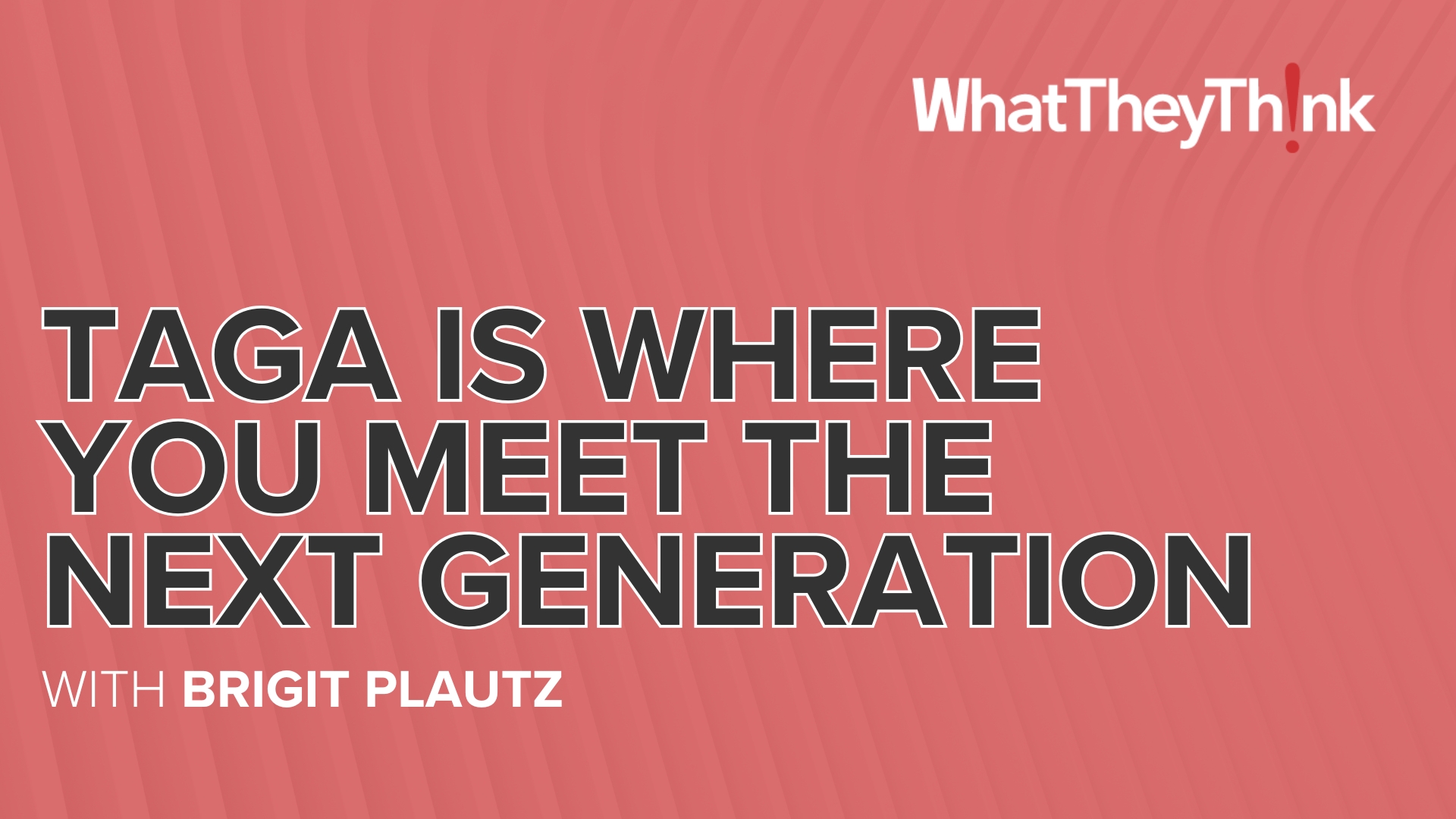Et tu, Google? Oh, brother: Google has apparently announced a “Go Paperless in 2013” campaign for reasons akin to the ill-considered Toshiba “No-Print Day.” Needless to say, our friends at Two Sides are not taking it lying down, and have drafted an
open letter to Google CEO Eric Schmidt.
While the products and services delivered by Google are to be admired, this new initiative is clearly another example of a self-interested organization using an environmentally focused marketing campaign to promote its services while ignoring its own impact upon the environment.
Furthermore, and should not Caesar’s wife be above reproach?
Google’s own environmental impact is astounding.
-
Google uses 2.3 billion kilowatt-hours of electricity a year. This would power 207,000 US homes for one year, or about 41 Empire State Buildings.
-
Data centre power use accounts for roughly 2 per cent of the US's annual electricity consumption.
-
For every kilowatt-hour used for computing in a typical data centre, nearly a whole additional kilowatt-hour is used for running cooling and heating systems.
-
100 searches on Google is equivalent to burning a 60 watt light bulb for 20 minutes, using 0.03Kwh electricity and 20 gms of carbon dioxide.
-
100 minutes of YouTube video is equivalent to burning a 60 watt light bulb for 13 minutes, using 0.02 Kwh of electricity and 13 gms of carbon dioxide.
-
Every gmail user uses 2.2Kwh energy every year and generates 1.2kg of carbon dioxide.
Summing up:
So, before encouraging people to go paperless, and particularly inferring that electronic services are better for the environment, Google and others need to examine their own impacts and perhaps might reflect that, on balance, print and paper can be a sustainable way to communicate.
Let’s hope they, like Toshiba, reconsider.
About Richard Romano
Richard Romano is Managing Editor of WhatTheyThink. He curates the Wide Format section on WhatTheyThink.com. He has been writing about the graphic communications industry for more than 25 years. He is the author or coauthor of more than half a dozen books on printing technology and business. His most recent book is “Beyond Paper: An Interactive Guide to Wide-Format and Specialty Printing.














